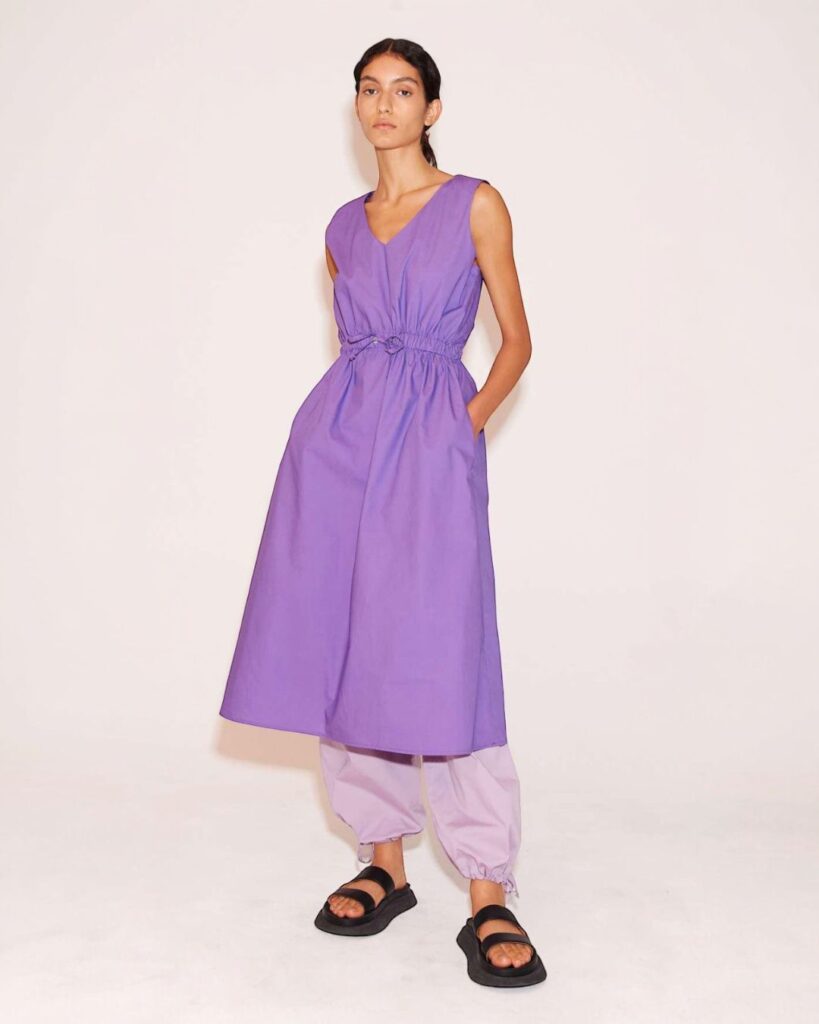What Does it Mean to Be a Fashion Designer Today?
Emerging Brands & Investors: Between Change and Status Quo
What does it mean to be a fashion designer today? Launching a brand in today’s fashion landscape is a complex and challenging endeavour. But most follow outdated rules, missing the crux of the matter.
Aspiring designers often invest heavily in their education, attending expensive fashion design schools. However, upon graduation, they face a harsh reality: many brands prefer to hire celebrities to design collections, capitalizing on their fame rather than nurturing new talent. Perhaps someone does the actual work while the celebrity of the moment enjoys the spotlight. But that’s what it is.
New brands & investors
So, young and brave creatives launch their namesake brand. That step demands immense hard work, effort, commitment, and consistency. But once they enter the market, these small, independent brands realize that the panorama is crowded. Very crowded. Most importantly, to survive in such a competitive world, they need financial backing.
That seems to be the foundation upon which AZ Factory launched the new AZ Academy: teaching how to attract investors in the fashion field.
So, is it all about that? If a brand finds an investor, does the journey become easy? Money undeniably helps. But it comes with its own set of challenges. When big companies invest in a brand, designers lose the creative freedom that inspired them to start their journey in the first place. Profit margins and commercial viability take precedence over creativity and individual liberty. For instance, consider the case of Martin Margiela.
After his brand was acquired by OTB Group, he found himself increasingly constrained by the demands of a fast-paced, novelty-obsessed, and hyper-communicated fashion industry. The pressure to constantly produce new collections and maintain commercial success stifled his creative vision, leading him to leave his own brand.
Now, let’s be clear. You won’t hear us saying money isn’t fundamental when launching and sustaining a brand. But, in this specific context of deep change, we need more than that. Priorities have changed, and we cannot separate fashion from the current cultural context. Does it make sense for a well-funded brand to promote huge collections, pre-collections and showcasing hundreds of samples, encouraging overconsumption? Therefore, perpetrating the same old overproduction pattern in a world on the edge of ecological breakdown?
Indeed, we cannot understand brands, established or new, who cannot distance themselves from this dangerous thought.
Conclusion: what does it mean to be a fashion designer today?
Launching a brand today is not just about finding investors. It goes far beyond that. Being a designer in the modern world is about having a vision – envisioning the future. It involves asking oneself: What future do I see? Do I want to maintain the status quo, or do I want to wipe out everything and start something better?
Well, corporations are not interested in that. That’s why we wonder if it makes sense to search for that kind of investor. Or is it better to clench your teeth and stay small, independent and free to bring about change?
Business as usual doesn’t work. New rules, new systems, and new ways of interacting with the audience. That is what we need.
What Does it Mean to Be a Fashion Designer Today? Read More »

